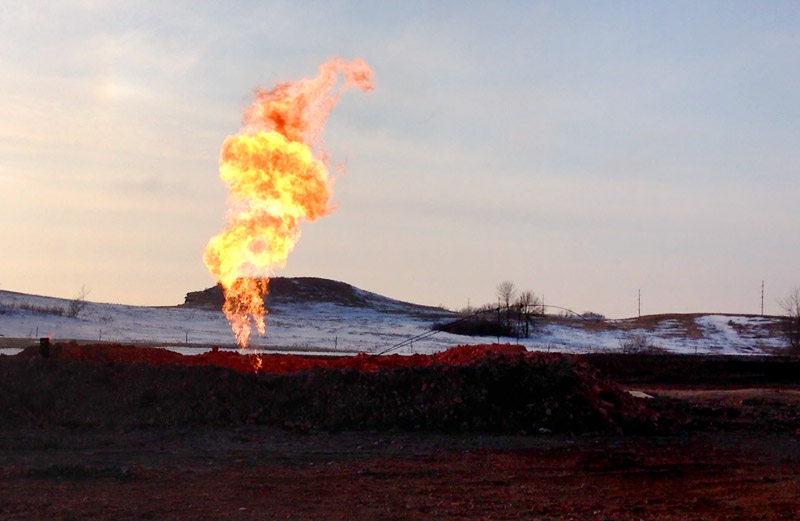
Four key areas to be concerned with in oil and gas power generation
• Transmission line capacity to well sites
• Sub-station capability
• Electrical capacity from grid
• Demand and growth of your business
Ten years after the 2003 grid failure in New York affecting 50 million people, the U.S. electrical grid is more flexible but remains vulnerable. Adding to the stress, recent shutdowns of nuclear plants and coal facilities means there is less room for error. AP article
Combine the aging of the grid with the possibility of cyberthreats and local power generation becomes a critical planning step. A report by House Energy and Commerce Committee in May of 2013 indicates that American electric utilities face 10,000 digital assaults a day. Inforisktoday.com
Planning in oil and gas exploration with weakness in the grid
Do you have enough power from the grid and will the grid be there when you need it? Will the grid be able to satisfy the demand from wire to substation to well?
The rapid growth of shale oil and natural gas production is on the rise. Increased focus on emissions represents a major opportunity for wellhead flare gas transformation into useable forms of energy. According to the North Dakota Petroleum Council there are 10,086 wells in North Dakota capable of producing oil and gas. In 2012, 258 billion cubic feet of natural gas was produced.
Monetizing local forms of energy is helping oil operators with environmental stewardship and electrical grid reliance by incentivizing local natural resources.
Global Power Supply has permanent and interm power solutions from three months to five years, utilizing flare gas, pipeline gas or diesel fuel. Environmental solutions offer 95% savings over diesel, meeting demand by offering local power generation.
Ask for the Oil and Gas team to provide you with a free quote on an environmentally conscientious generation solution.